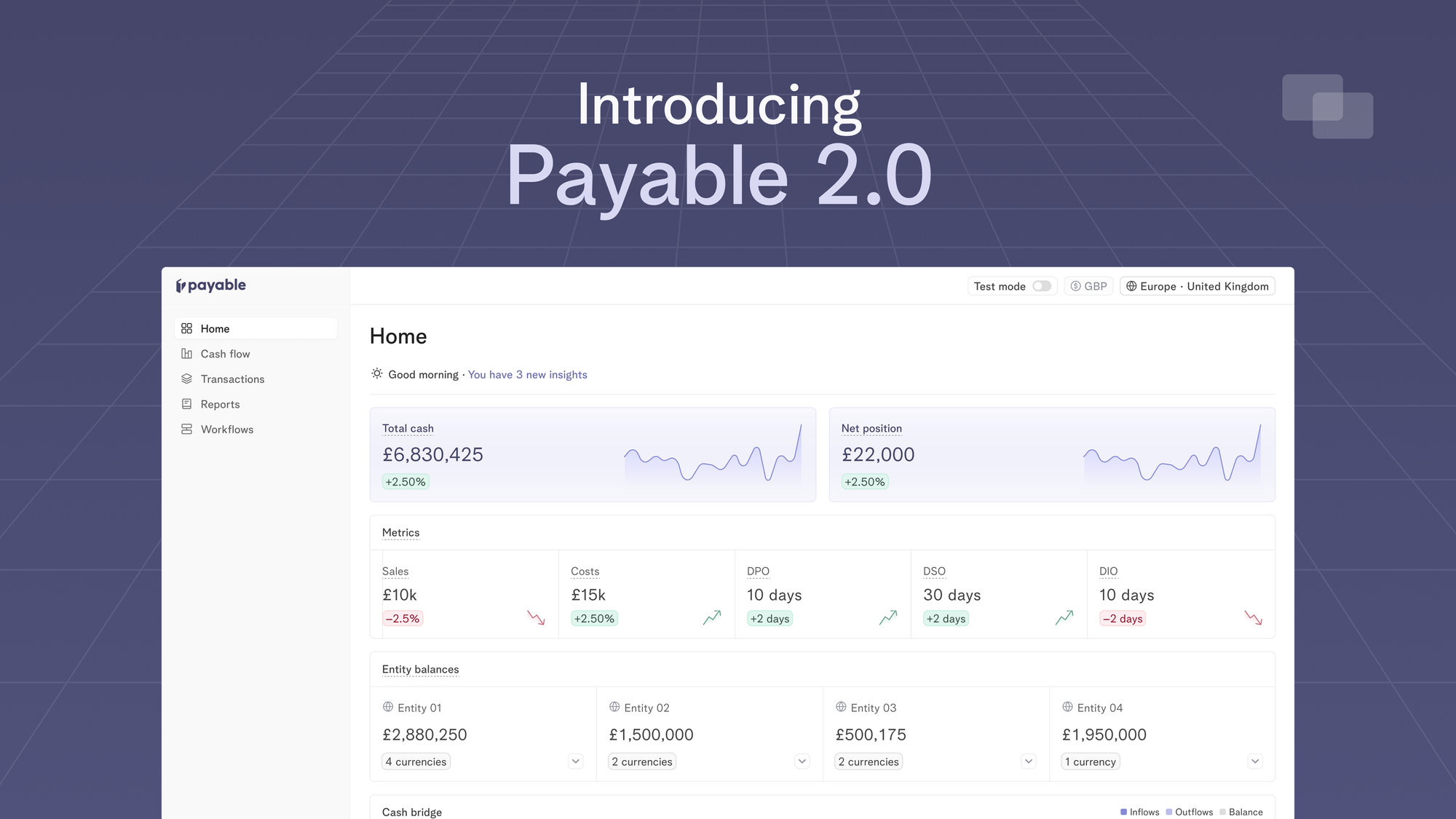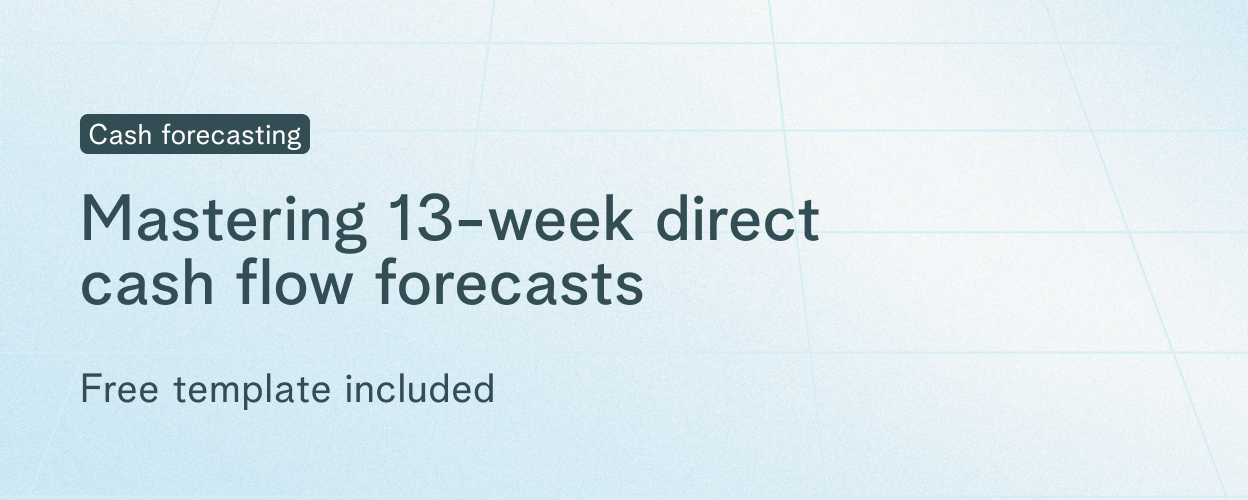
We all look back on the past and romanticise it, but we also wish we had done things differently. We hear questions like “If you had the chance to do it all over again, what would you change?”. Learning from previous challenges is how we grow, and we can apply those lessons to future endeavours.
Before Payable I worked in companies ranging in sizes and industries, such as Medicine and Fintech. I took note of work life balance at each place, how people interacted, and how products moved from an idea to a large-scale production. I have seen what made a deliverable succeed and fail, and what made day-to-day work enjoyable and what made it feel like a job.
I joined Payable after I had worked at a fintech TrueLayer, that had grown to scale, and as part of that journey, I learned some lessons I vowed to bring with me on my new adventure.
Lesson #1 - Communication is key to progress
Good communication within any organisation is key. That’s easier said than done though, as everyone has different styles of communication. So it's important to get on the same page with everyone on your team.
Whether that’s Slack, email, video, or in person. It’s best to communicate as early and as often as possible. If you think you are oversharing, you are not. If you are blocked on something, it’s best to let everyone know as soon as possible, don’t wait until the next team meeting.
This lesson is crucial in early-stage startups when the company is trying to build out a product, get new customers, and come up with a good product market fit. When things change at a moment's notice, product and engineering teams need to be in sync on changes as things evolve.
The best products, delivered on time, are usually down to teams with good communication. Those teams share regular updates, everyone knows what everyone else is doing, and they know what is coming up for the next deliverable. The key is that both product and engineering are in sync on what they are building, why they are building it, and what value it brings to the customer. There should be no room for ambiguity.
Lesson #2 - Good engineering practices reduce tech debt
Tech debt is often the bane of any engineering team. That’s why greenfield projects are so alluring. A chance to start fresh, apply all of those past learnings, create more tech debt, and repeat the cycle with a new project.
It’s easy to get caught up in the excitement of something new and forget all of the pain of refactoring, updating, or completely rewriting a project to fit new requirements, or increase capacity. We promise ourselves that this time we will do better, we will have tests in place, everything will be documented, and we will apply those tried and true best practices we often hear about. But the reality is that deadlines, customer requests and product demands might take priority, so we cut corners and convince ourselves that we will repay that tech debt later.
Working with small to enterprise-level software products has shown me that the same issues persist because they are built on poor engineering practices.
Features take a long time to implement, because everything is tightly coupled. Engineers don’t have the confidence to make changes due to the lack of testing. New joiners struggle to understand the codebase since the documentation is nonexistent. Oftentimes this leads to slower product development cycles, slower customer feedback, and overall a big drop in morale for the team turning into a negative feedback loop.
In an early-stage startup, you have a chance to start from the beginning.
The company wants fast delivery and customer feedback. They will also want the same six, twelve, and twenty-four months down the road. Starting early with good engineering practices such as testing, documentation, and minimising tech debt now will help down the line when you need to update the product, introduce new features, or onboard new joiners.
It will lead to happier teams that can move faster while delivering a better quality product which leads to happy customers.
Lesson #3 - Mission > Vision > Purpose
Any company exists for a reason. It started with some sort of a mission in mind, guided by a purpose. The founders have a vision for the way they want to solve a particular customer problem. And the people need a reason for what they are building.
Everyone within the company needs to be aligned with the company’s mission, vision, and purpose. It’s important at any company, but even more so at an early stage.
Product and engineering need to know what is the customer's problem, what are they trying to solve and how will the customer interact with the product to solve their particular problem. If people don’t know what they are aiming to achieve, then they are in danger of building the wrong thing or solving the wrong customer problem. The last thing you want is to rebuild a product because the end result did not solve the customer’s problem.
At the early stage, it’s imperative that the tenured people make sure every new joiner understands company's mission, vision, purpose, and what customer problem they are trying to solve. It’s important for new joiners to ask questions about it and have a clear understanding of the product. As I alluded to earlier, product and engineering need to be in sync with what they are building, why, and the value it brings.
Lesson #4 - Feedback keeps everyone focussed
Fast customer feedback is a key part of any successful product. Everyone talks about the importance of gaining feedback quickly, so any changes based on feedback can be addressed fast.
Placing your product in front of the customer as quickly as possible is key to making sure you are solving the right customer problem. Using that feedback and incorporating it into the next update means you can bring a better product to market faster.
But with all of that feedback, a list of priorities need to be created. Yes, startups move quickly, but you can’t get to everything. You need to find out what’s the most important feedback to incorporate next, align everyone on that priority, and make sure that you are building the right thing.
Keeping the team focused while including customer feedback means a better product, delivered faster. This leads to a positive feedback loop of building the right thing quickly and gaining more valuable customer feedback.
Lesson #5 - Building the culture upon which the company scales
The often overlooked piece of a startup - being a part of any company means being a part of its culture. Joining an early-stage startup means having an even larger impact on fostering a culture that you would like to be a part of.
We all have heard stories about toxic work environments and great working cultures. Be aware that joining an early-stage startup means that the culture you support and partake in will last for years to come, and it will have an impact in the later stages of company's growth.
Take what worked, and what didn’t from your previous experience. Figure out what type of environment drives you and work towards creating that environment. I learned that a culture of learning, sharing ideas, and encouraging others to try new things, fail, and be innovative, helps bring out the best in people.
The start-up benefits from new ideas, people continue to grow and are happy to stay. Overall the end result is a place where people want to join, stay and build something awesome with their team.
In summary
I hope these lessons are useful and can help in your career decisions. At the end of the day, you always need to prioritise what is right for you and take opportunities in life that enable you to realise your potential.

Announcements
Introducing Payable 2.0 - one platform to optimise working capital, make fast liquidity decisions and move your cash metrics in real-time
13 Apr 2024
Today, we’re excited to launch Payable 2.0 which is our evolution to a more connected, intelligent and automated platform for finance teams to track their cash flows in real-time.

Cash Management
Mastering 13-week direct cash flow forecasts
26 Mar 2024
Knowing how your cash flow will behave in the future is crucial for the success and sustainability of any company. One way to achieve this is through the use of a 13-week direct cash flow forecast, which provides a detailed projection of a company's inflows and outflows over a specific time period.